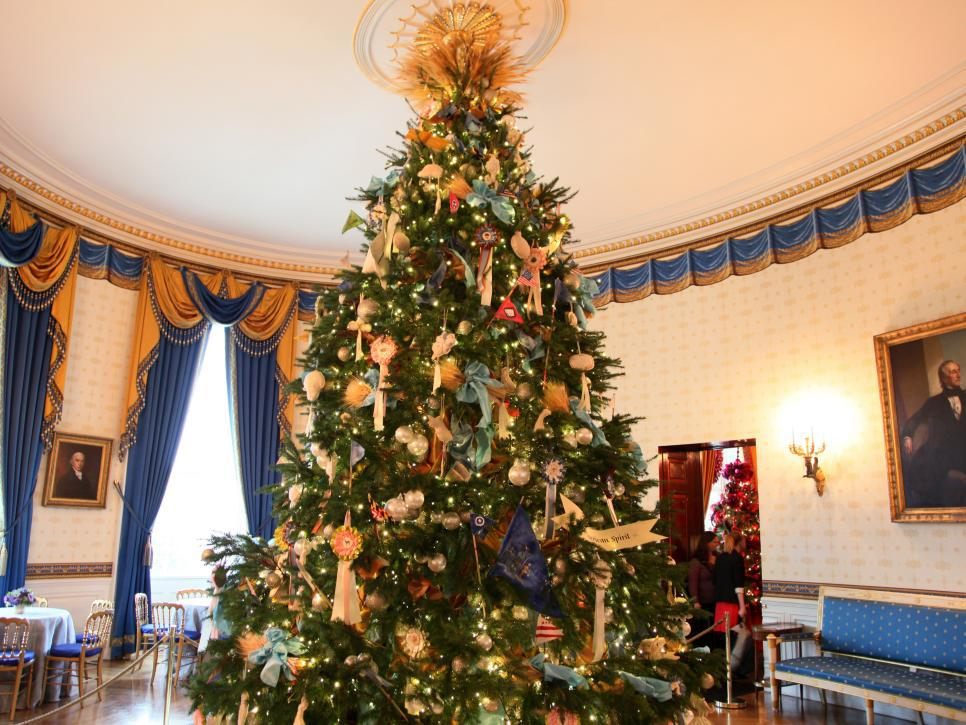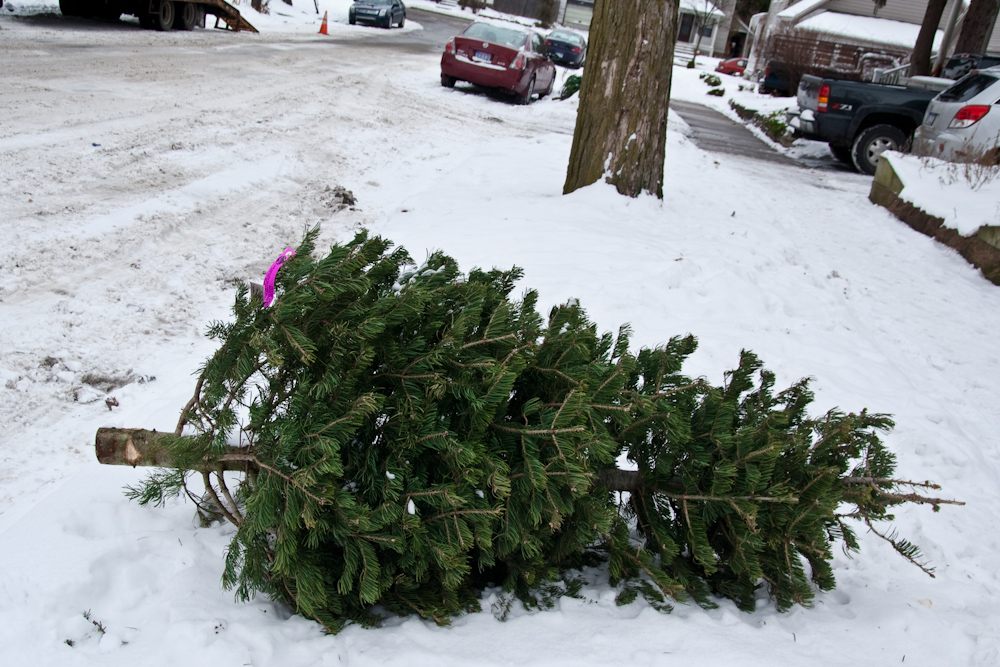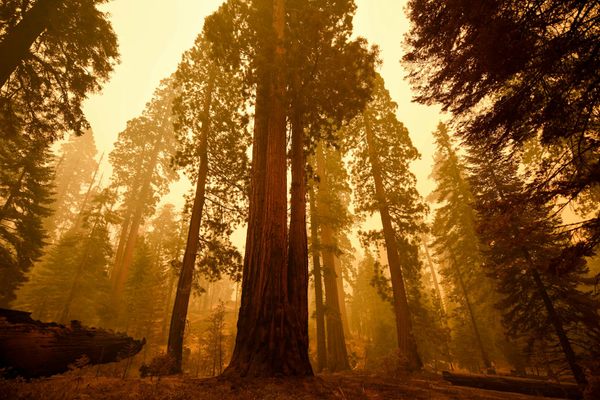Your Christmas Tree Could Be Recycled Into Sugar
Researchers hope for a zero-waste alternative to landfills.

One day soon, you may be able to have your Christmas tree and eat it too. Because if researchers at the University of Sheffield get their way, we’ll turn our Christmas trees into dessert.
In a piece for The Conversation, Cynthia Kartey, a doctoral student contributing to this research, explains that the university’s Department of Chemical and Biological Engineering is researching sustainable ways to convert the pine needles in used Christmas trees into new materials such as sugar and paint. A complex polymer called lignocellulose makes up 85 percent of the composition of pine needles. Since lignocellulosic biomass is rich in carbohydrates, Kartey and her colleagues want to break it down to make edible sweeteners.
Her laboratory is looking into liquefaction, which uses environmentally friendly solvents such as glycerol and water to turn the pine needles in spruce and fir trees into glucose, acetic acid, and phenol. In turn, the glucose can be used to make sugar, the acetic acid converted to paint or vinegar, and the phenol used in manufacturing pharmaceuticals. Even the biochar—the solid that is left over from the liquefaction process—can be put to industrial use.

“The motivation for working on this is that our fossil resources are finite,” says James McGregor, Senior Lecturer at the University of Sheffield’s Chemical and Biological Engineering department and Principal Investigator for this research. “We need to look at sustainable ways of converting waste materials into fuels and other products we normally get from crude oil.” McGregor’s lab is also looking into using liquefaction to convert waste from industrial bakeries into solid carbon that can be used to remove pollutants from wastewater.
According to the British Carbon Trust, the carbon footprint of a natural Christmas tree that ends up in the landfill is 16 kilos of CO2e (carbon dioxide equivalent, a standard unit for measuring carbon footprint that takes into account, say, methane emissions). The 25 to 30 million Christmas trees sold in the United States alone each year represent more than 400,000 tonnes of potential greenhouse emissions. The environment pays a high price for our holiday cheer. Using liquefaction to convert this festive biomass waste into usable new materials would help reduce carbon emissions, and, if scalable, might be a harbinger of a sustainable, zero-waste world. Now, wouldn’t that be sweet.
Gastro Obscura covers the world’s most wondrous food and drink.
Sign up for our regular newsletter.



































Follow us on Twitter to get the latest on the world's hidden wonders.
Like us on Facebook to get the latest on the world's hidden wonders.
Follow us on Twitter Like us on Facebook